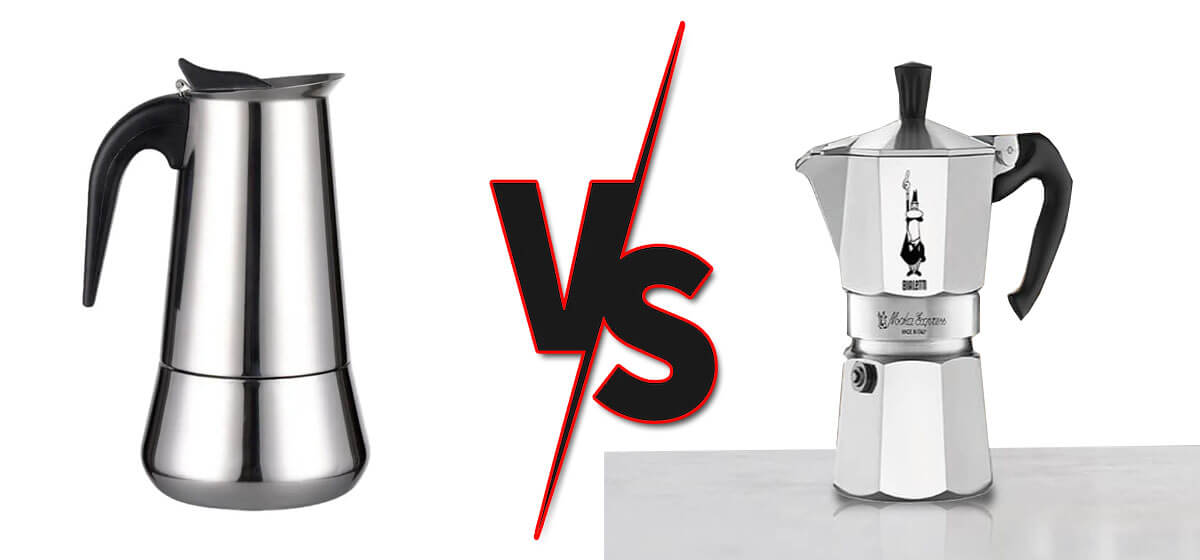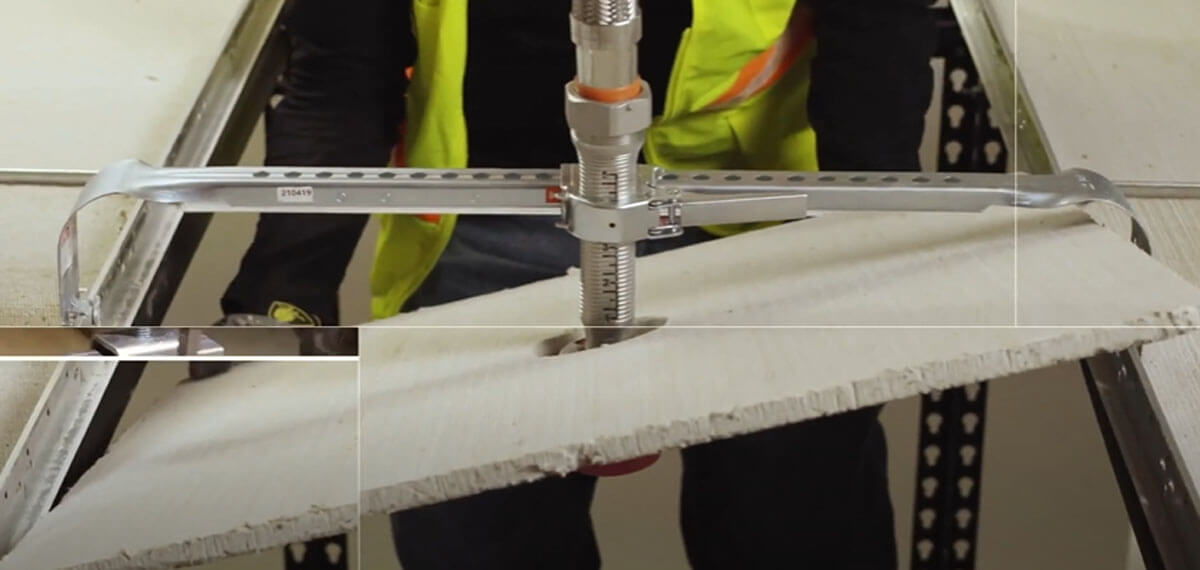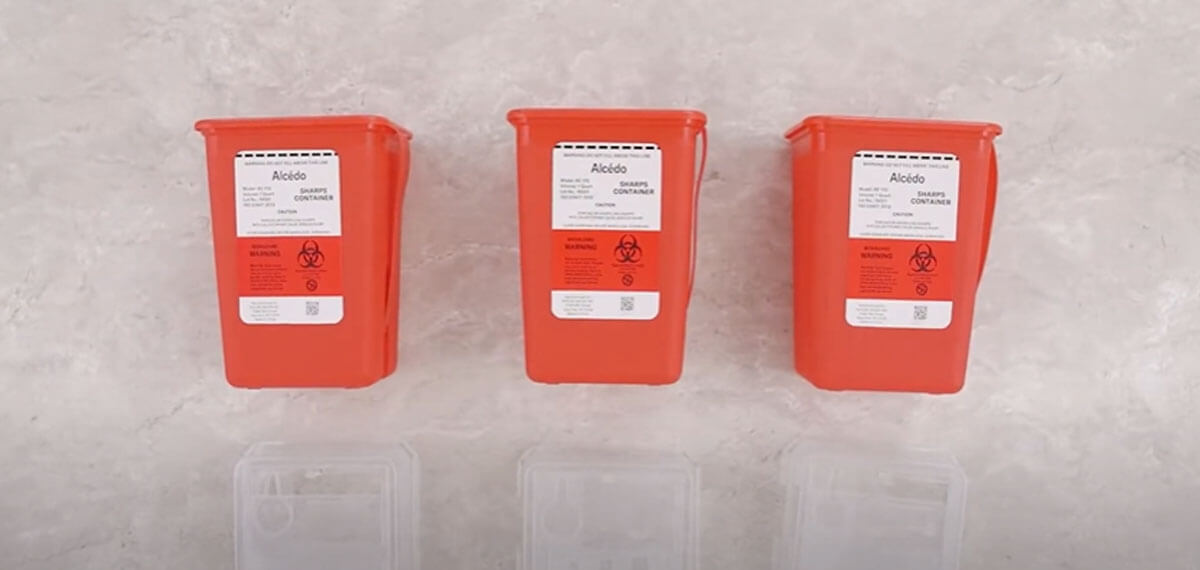Can glass lids go in the oven?
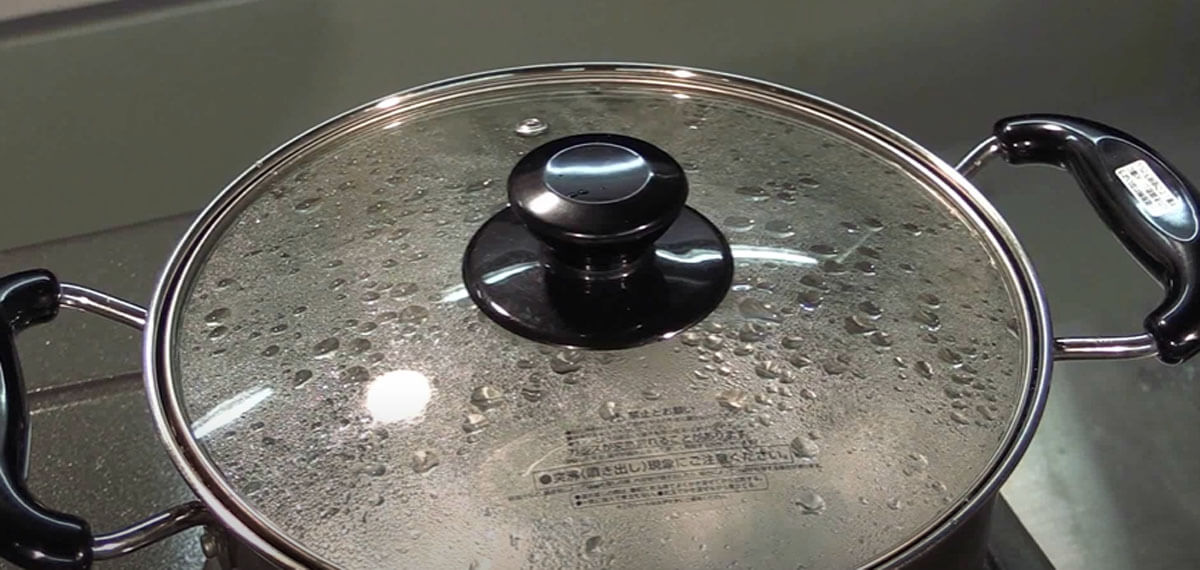
As an Amazon Associate I earn from qualifying purchases.
Are you confused about whether or not you can use glass lids in the oven? If so, you’re not alone — many people are unsure how to approach this particular kitchen conundrum. Some respond in the affirmative, while others express concern about the dangers of using a glass cover in an oven. Today we’ll answer the age-old question: Can glass lids go in the oven?
We’ll look at commonly used types of glass lids and their level of heat resistance, as well as if there’s any risk involved with using them in your oven. Additionally, we’ll provide you with advice on how to prevent any potential risks associated with baking with a glass cover!
Understanding the Basics of glass lids and their safety for oven use
Understanding the characteristics of glass lids’ heat resistance is the key to deciding whether or not they may be used in the oven. Generally speaking, tempered and borosilicate glass lids are the two types you’ll discover on the market.
Tempered glass lids usually feature a metal rim and are designed for stovetop use only; they should never be put in the oven as they are not heat resistant. On the other hand, borosilicate glass lids can be used safely in the oven because they are made to resist temperatures of up to 450 degrees Fahrenheit.
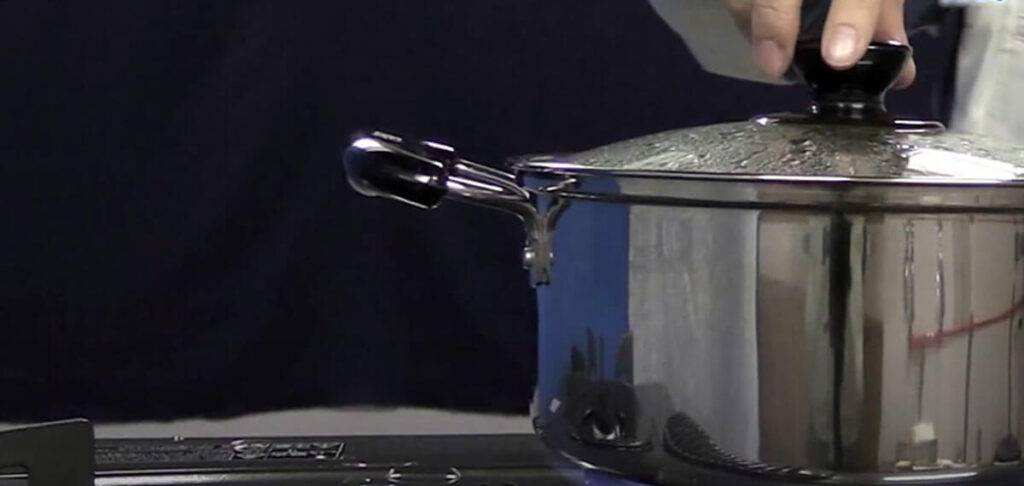
When using a borosilicate lid in your oven, it’s important to remember that some of them may have a metal rim or handle. If this is the case, make sure to check the piece’s temperature rating before putting it in the oven.
The good news is that borosilicate glass lids are generally marked with a special symbol or label that indicates they can withstand extreme temperatures, so it’s easy to tell whether or not your lid is suitable for oven use.
Knowing which types of glass lids are safe to put in the oven
There are a few additional kind of glass lids than borosilicate glass that can be used in the oven without risk. These include ceramic glass and CorningWare lids. Ceramic-glass lids are made of either tempered or borosilicate glass and feature a special glaze that helps make them more resistant to extreme temperatures.
Tips for safe handling and installation of glass lids in the oven
It’s crucial to take all essential measures while using a glass lid in the oven. Here are some tips for safely handling and installing glass lids:
These pointers are intended to make it safer for you to handle and install glass oven lids without running the danger of damage or injury. You may take advantage of all the advantages of utilizing a glass lid while avoiding any potential concerns by taking some easy steps.
Read More: How to clean hydro flask straw lid?
What temperatures are safe to use with glass lids in the oven
The temperature you use with glass lids in the oven will depend on the type of lid that you are using. Borosilicate, ceramic-glass and CorningWare lids can all be used at temperatures up to 450 degrees Fahrenheit. Beyond this, it’s best to check with the manufacturer or do additional research before attempting to use any glass lid in the oven.
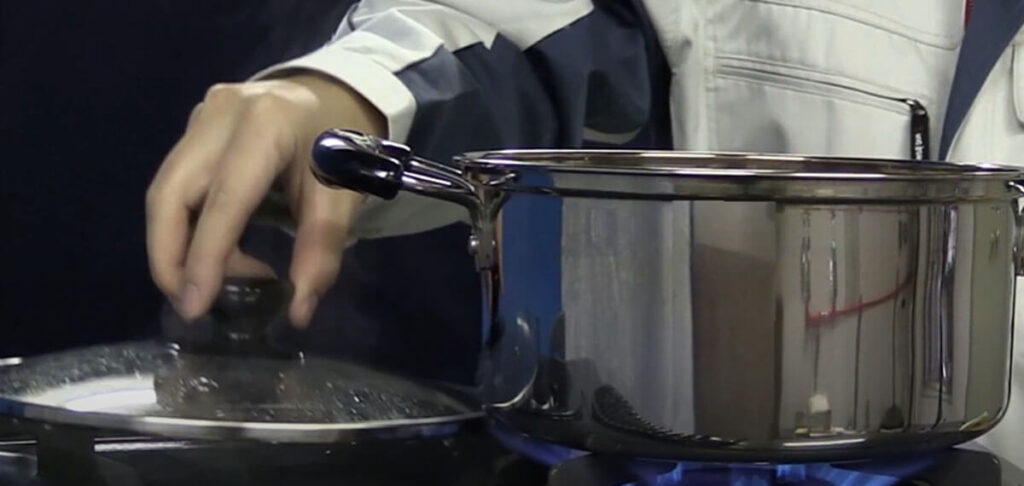
It’s also important to note that most glass lids should not be used for broiling. Broilers produce extremely high temperatures, which can cause the lid to crack or shatter. If you need to use a lid for a broiling recipe, opt for one made from metal instead of glass.
The most common mistakes people make when using glass lids in the oven
When baking, using lids can be a terrific way to provide an additional layer of safety, but there are certain typical errors people make that can result in potentially hazardous situations. The following are some of the most typical errors people make when using glass oven lids:
You can reduce the possibility of harm or damage while using glass lids in the oven by adhering to these easy guidelines and avoiding frequent mistakes.
The Pros and Cons of Using Glass Lids in the Oven
Using glass lids in the oven can be a great way to evenly bake and brown dishes. Additionally, it may prevent your food from drying out or burning too rapidly. However, you should think about a few potential disadvantages before employing one.
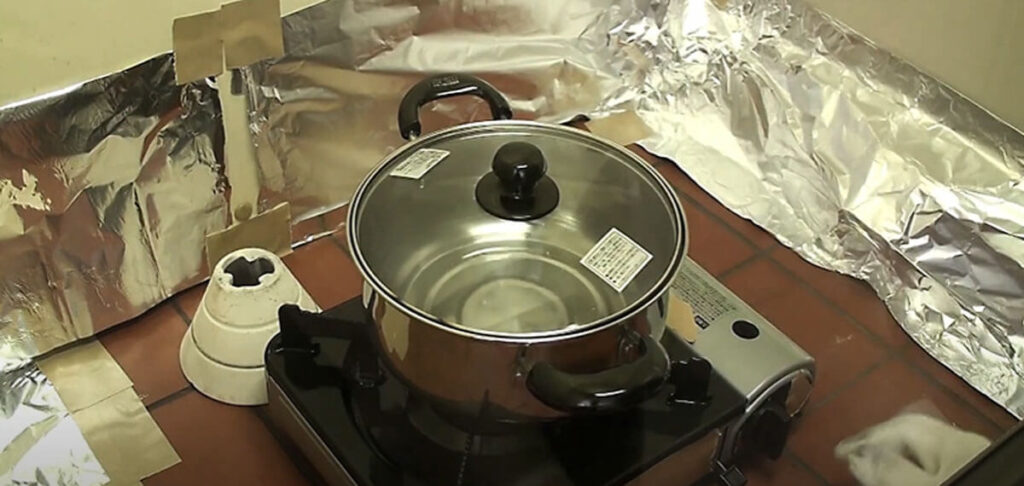
The biggest downside is that glass lids may not be as heat resistant as metal lids. This means that if you use the wrong type of glass lid in your oven, it can shatter or crack due to extreme temperatures. In addition, you should also be aware of any sharp edges on the lid—they could cause cuts or burns.
Overall, baking and browning food evenly in your oven while avoiding drying out or over-burning can be accomplished by utilizing a glass cover. Just be sure to use the right type of glass lid and take all necessary precautions when handling it.
Final Words
Finally, glass lids can be used in the oven. While they require extra caution and must be placed carefully in the oven to avoid broken glass messes, they can still hold up to the heat inside a range. Comparing glass lids to their metal equivalents, there are a number of extra advantages.
For example, a glass lid ensures you can easily check on what’s happening inside your cooking vessel at any time without having to remove the lid and allow steam and moisture to escape. Furthermore, because you don’t need to take off the lid, you won’t lose any of those flavors in the process! Taking all of this into account, if your recipe requires a lid that works both on top of the stove and in ovens, then a glass lid may be just what you need!
Also Read: How to reset amana washer lid lock?
Amazon and the Amazon logo are trademarks of Amazon.com, Inc, or its affiliates.


